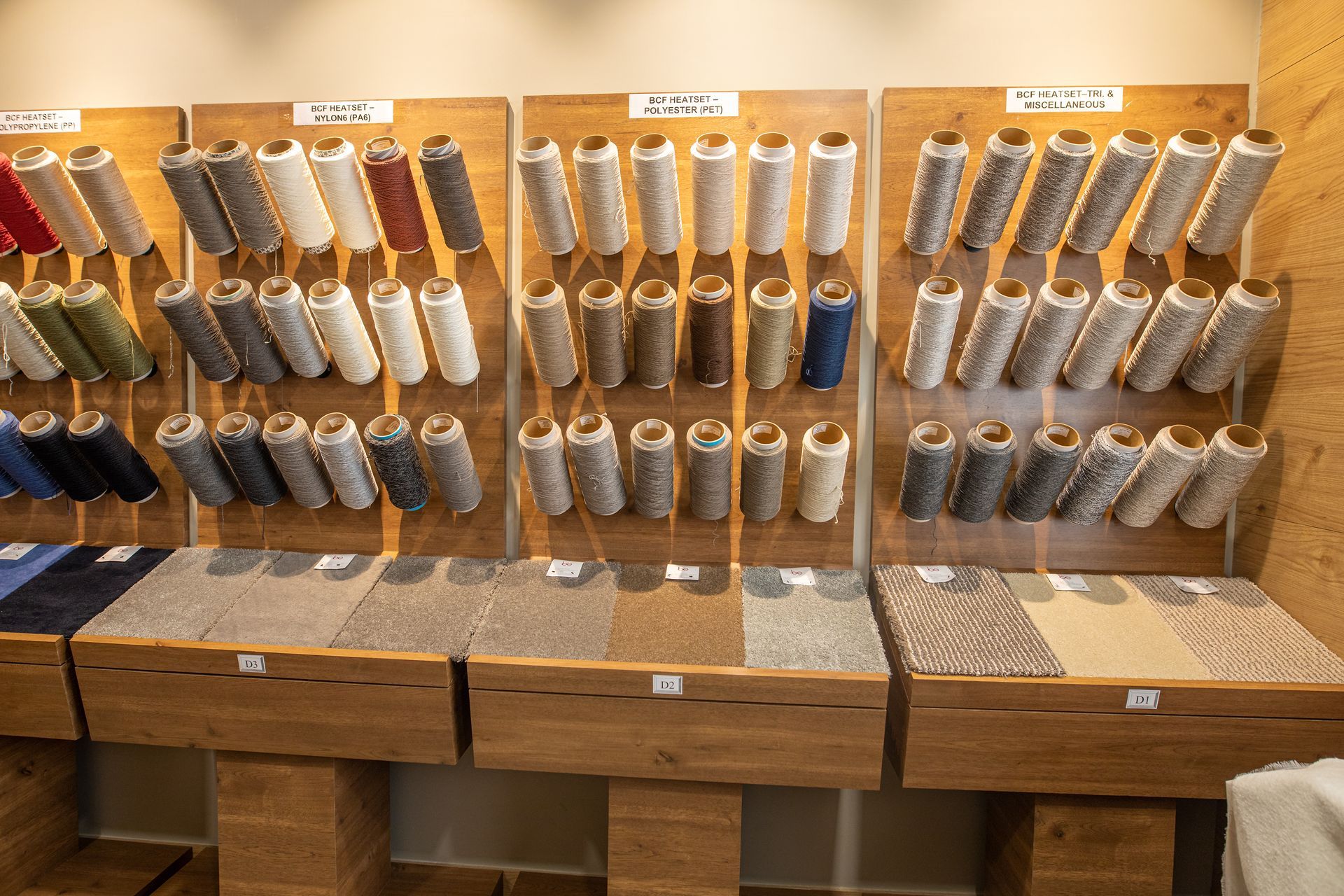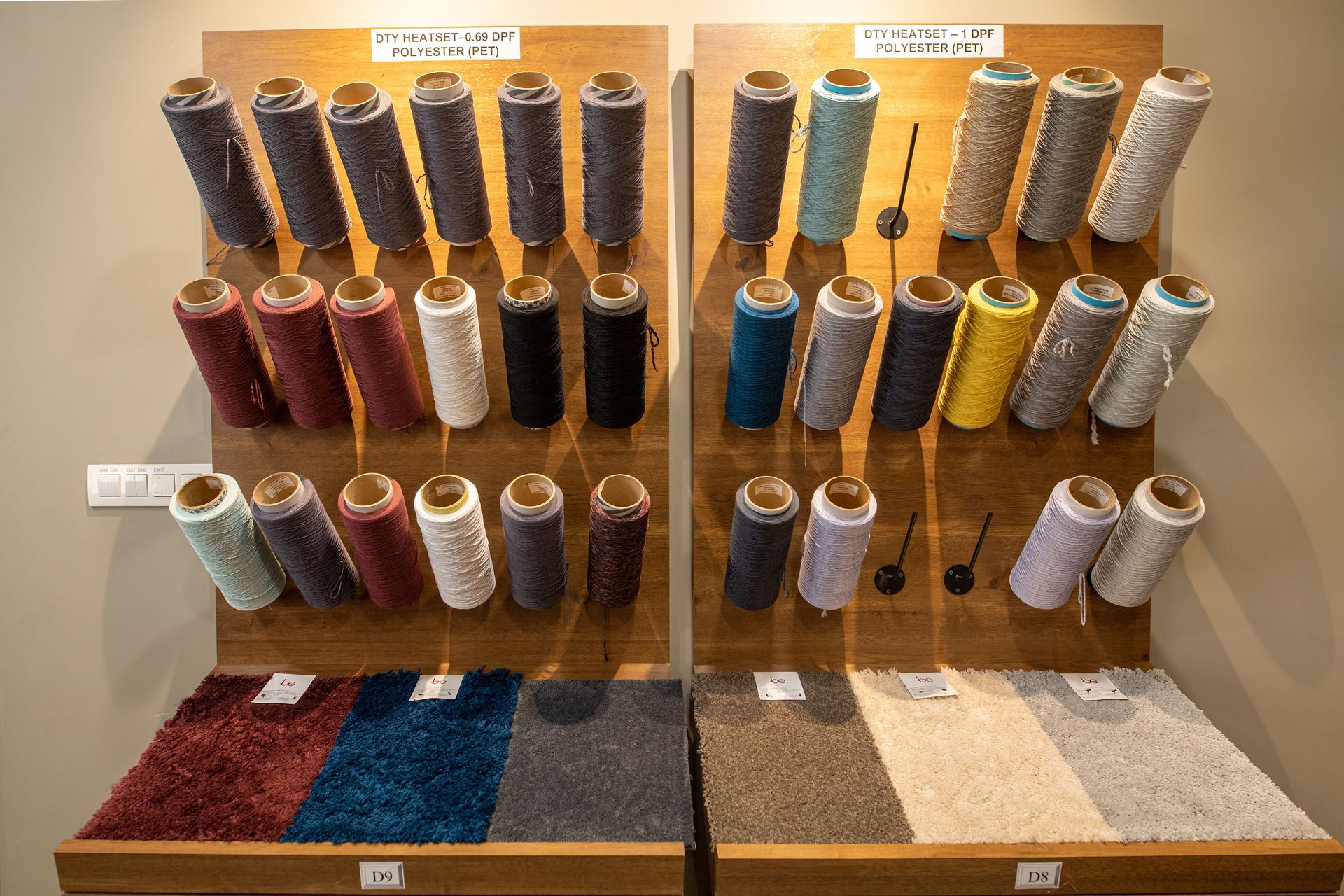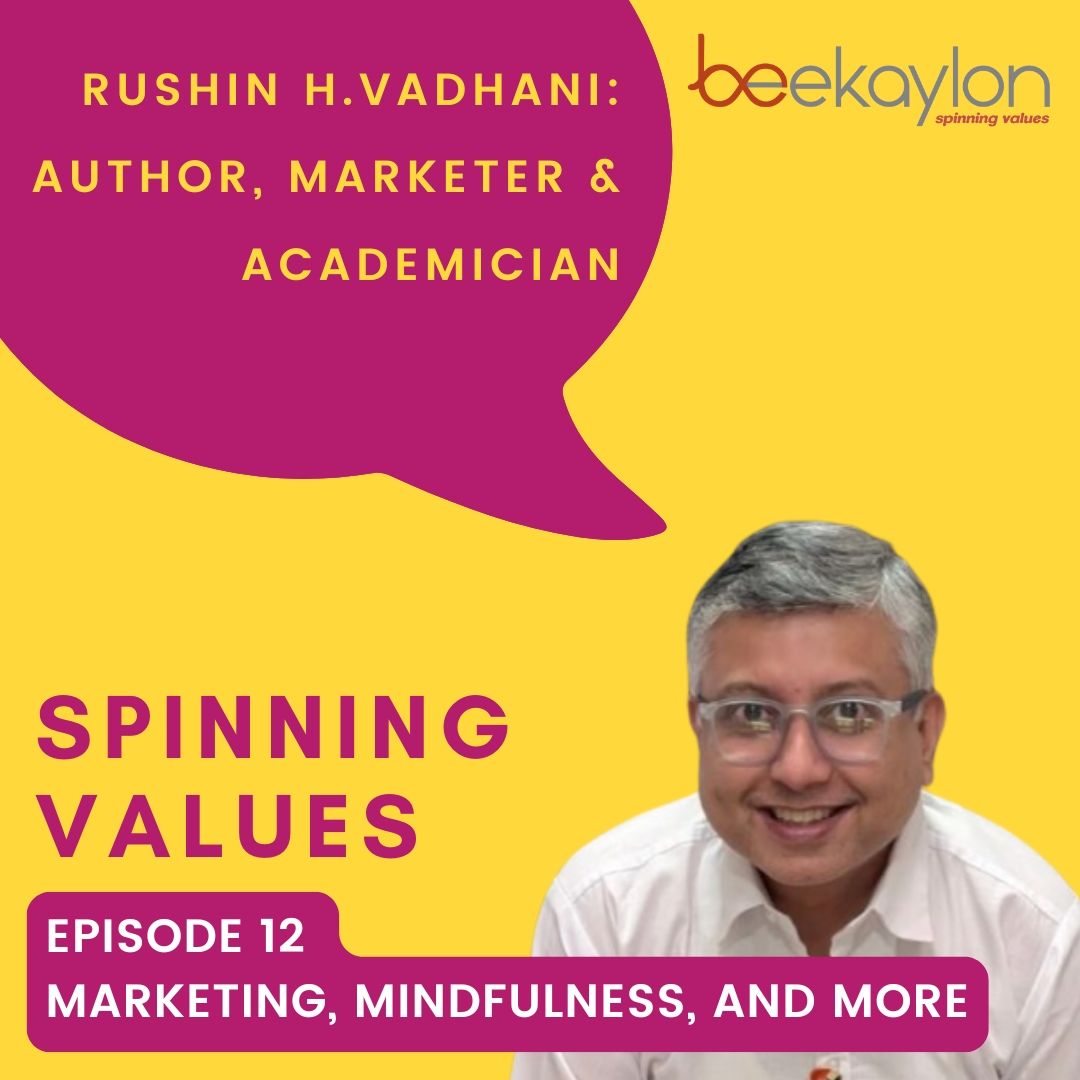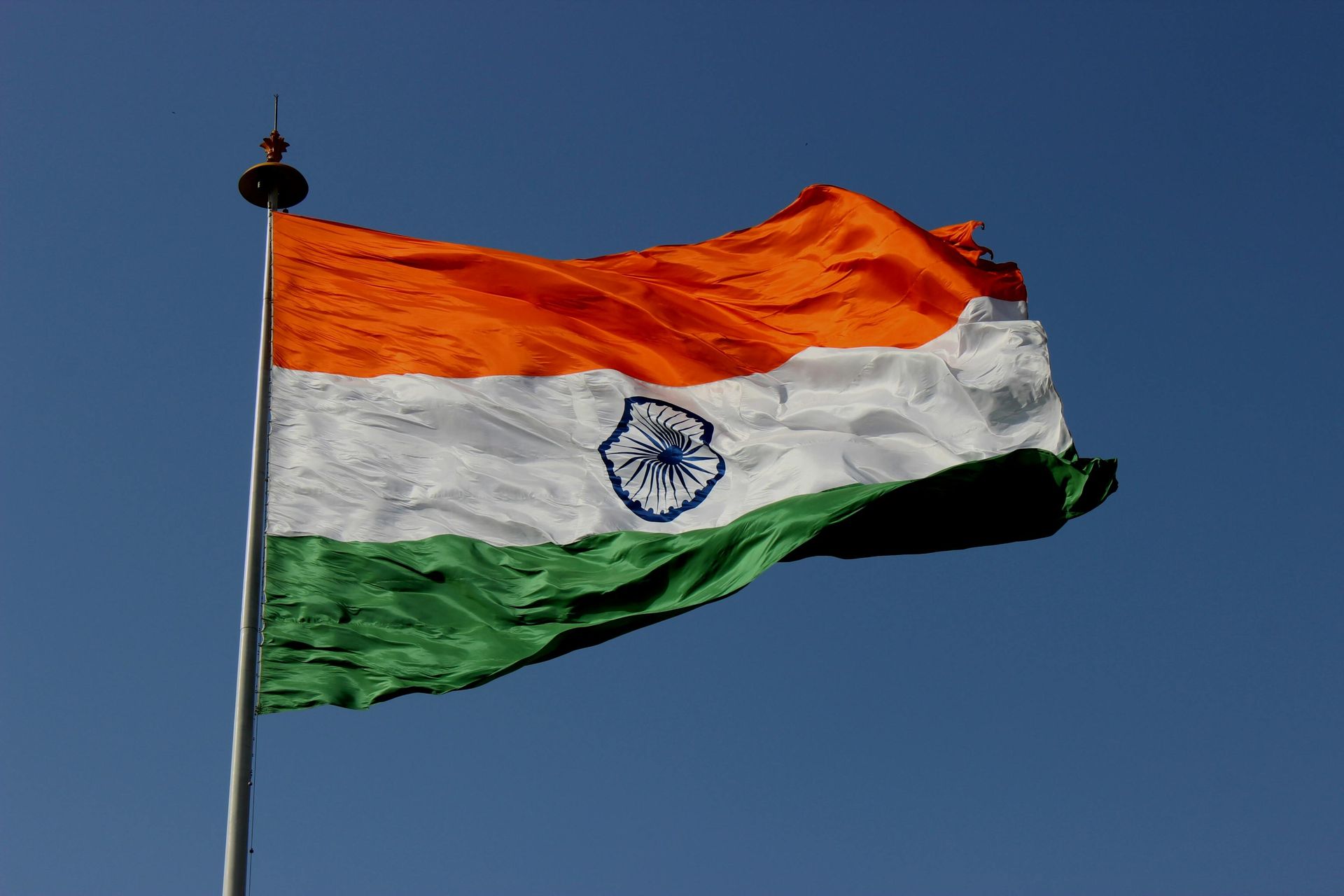What is BCF Yarn?
BCF yarn stands for Bulk Continuous Filament yarn.
It is a type of synthetic yarn that is produced using a continuous extrusion process
The term "bulk" refers to the thickness or volume of the yarn, while "continuous filament" indicates that the yarn is made up of long, continuous strands rather than shorter staple fibers.
BCF yarn is commonly made from synthetic materials such as polyester, nylon, or polypropylene. During the manufacturing process, the molten polymer material is extruded through spinnerets to form continuous filaments. These filaments are then cooled, solidified, and twisted together to create the BCF yarn. One of the main advantages of BCF yarn is its high strength and durability. The continuous filaments make the yarn resistant to pilling, fraying, and shedding, resulting in a longer-lasting product. BCF yarn is widely used in various applications, including carpet manufacturing, upholstery, textiles, and industrial fabrics.
In the context of carpets, BCF yarn is often used to create the carpet fibers. The bulkiness and strength of BCF yarn make it suitable for withstanding heavy foot traffic and maintaining its appearance over time. It is available in different thicknesses and can be produced in various colors and textures to meet specific design requirements.
Overall, BCF yarn is a versatile and robust material used in the production of various textile products, particularly carpets and upholstery, due to its durability and performance characteristics.
Beekaylon produces one of the finest quality BCF Yarn and has the world's best technologies for producing Bulk Continuous Filament.

Our BCF capabilities
We have the latest Neumag S+ machines to produce BCF yarns. A unique aspect of Beekaylon's production process is that we are capable of producing tri-color BCF yarns. We also have the capacity to produce Polyester(PET) BCF, Nylon (PA 6) BCF as well as Polypropylene (PP) BCF yarns.
To ensure right quality of BCF, we have installed a host of Yarn Testing Machines. We also have Digital Thickness Gauge and Hexapod Tumbler Carpet Testing Machines to test/evaluate appearance retention, carpet thickness, comparison and recovery, etc.
Pilot Tufting & Weaving Machines help us to pre-test BCF Yarn Quality and also enable us to create Designs & Patterns on Rugs & Carpets. We also offer Stain Proof, Fire Retardant, Super Soft, UV Stable and Antistatic features.

Sustainability is important for Beekaylon and in this regard we manufacture Nylon and Polyester yarns from 100 percent recycled polymer chips. Our Yarn, Poly-Go-Round, offer a wide range of products in recycled polyester yarns with multiple possibilities which can be combined with other functional properties like UV resistance, antimicrobial, biodegradable, temperature control etc, dyeing and other applications. Additionally we can work on lower MOQs, and accommodate personalised requests in terms of yarn denier, filaments and technical characteristics.
In conclusion, Bulk Continuous Filament (BCF) yarn is a significant innovation in the world of synthetic yarns. Its continuous extrusion process and the use of long, continuous filaments offer numerous advantages, including high strength, durability, and resistance to wear and tear. BCF yarn, commonly made from synthetic materials like polyester, nylon, or polypropylene, finds extensive applications in the textile industry, particularly in carpet manufacturing and upholstery. Its ability to withstand heavy foot traffic and maintain its appearance over time has made it a popular choice for carpet fibers. Whether you're looking for a long-lasting carpet or robust industrial fabric, BCF yarn's qualities make it an indispensable material in various products. As technology continues to advance, we can expect further improvements and refinements in BCF yarn production, allowing for even greater versatility and performance in the world of textiles.



